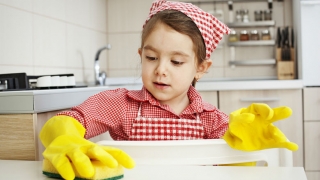CookWELL Kitchen Resources
Kitchen & Cooking Resources
Cooking and kitchen skills can help develop better food choices, preferences, attitudes, and behaviors. As children grow, this can have a positive impact on health, including body weight and risk of disease.
Teaching kitchens provide hands-on cooking courses and STEM experiences, as well as nutrition, chemistry, math and science education. They also improve food literacy and mindfulness, encourage gardening and eating seasonally, and provide other food related life skills training. Learning basic kitchen skills and kitchen safety is the first step to a lifetime of wonderful experiences in the kitchen.
Maintaining home refrigerators at 40°F or below is one of the most effective ways to reduce the risk of foodborne illness. The freezer temperature should be 0°F or below.
Fruits and vegetables are packed with vitamins and minerals that our bodies need to live and grow. After buying fresh produce, make sure to handle and store them correctly. Some fruits like cantaloupe, can be kept out of the refrigerator for a certain amount of days. However, once fruit is cut or peeled it needs to be refrigerated. Knowing how to properly store fruits and vegetables will help keep them fresh for a longer amount of time.
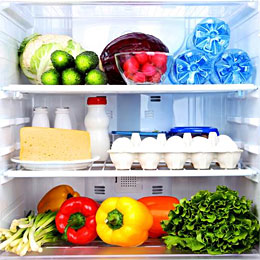
A sharp knife is a safe knife, it allows you to have more control when cutting. When preparing meals always use the correct size knife for the job. A small paring knife is great for coring strawberries and other delicious fruits, while a long serrated knife is great for slicing loaves of bread. Using the wrong knife is dangerous and can cause an accident.
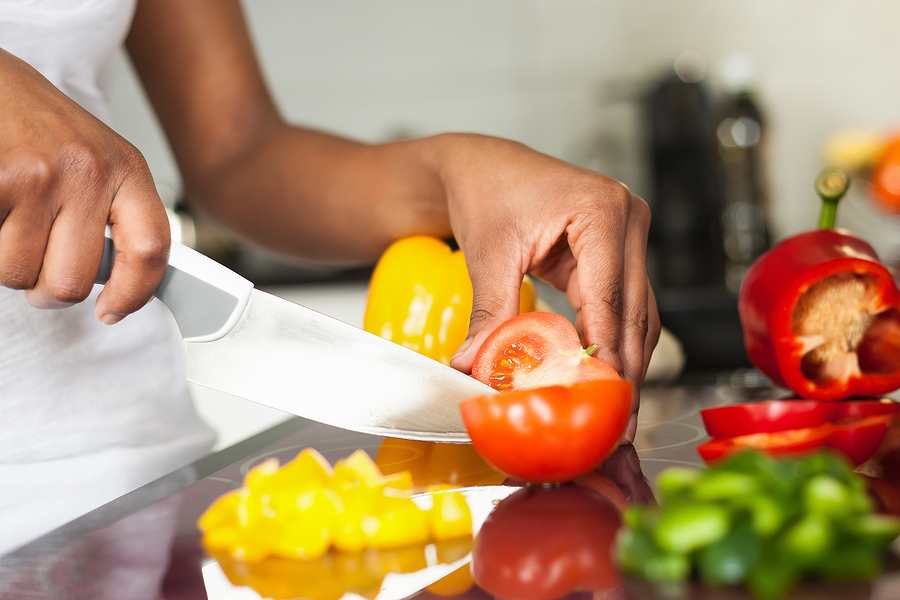
Raw meat can contain pathogens that can cause disease. Consider color coding your cutting boards to prevent cross-contamination. For example, use a green colored cutting board for fruits and vegetables and a red cutting board for meats only.
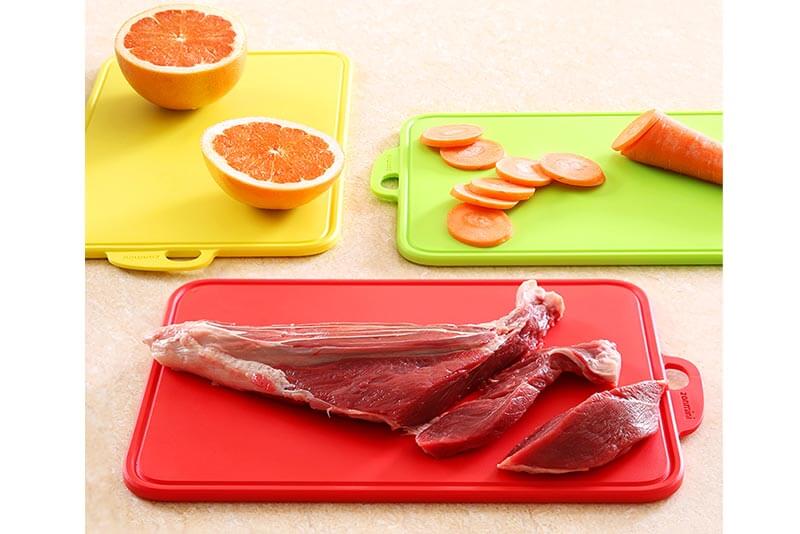
When in the kitchen, be sure to wear shoes and wear safe clothes too. Sleeves should not be long and flowy. Do not wear loose clothing or anything flammable, and avoid synthetic clothing, which can melt onto your skin if it catches on fire.
Always keep pot handles turned away from the front of the stove; you can easily brush against them accidentally and spill hot food on yourself. Never reach over a hot burner to another pot or pan. Push back your sleeves when cooking food on the stove top. Always keep pot covers nearby to smother flames.
Thawing food at room temperature is a simple mistake that can have grave consequences. Safe methods for thawing food include, thawing in the refrigerator, in cold water or in the microwave. However, if you choose to thaw your frozen items in cold water or in the microwave make sure to cook them immediately.
Always have a fire extinguisher handy in your kitchen, and be sure that you know how to use it before you need it. Never try to extinguish grease and electric fires with water. Using baking soda, salt or a pan cover works best. Smothering a fire by removing air is the best way to put most out.
Never leave the house when food is cooking or baking, except for a slow cooker. Put a slow cooker on a cool stove top just so it’s on a heat-proof surface. Food can quickly go from browning to burning to bursting into flame.
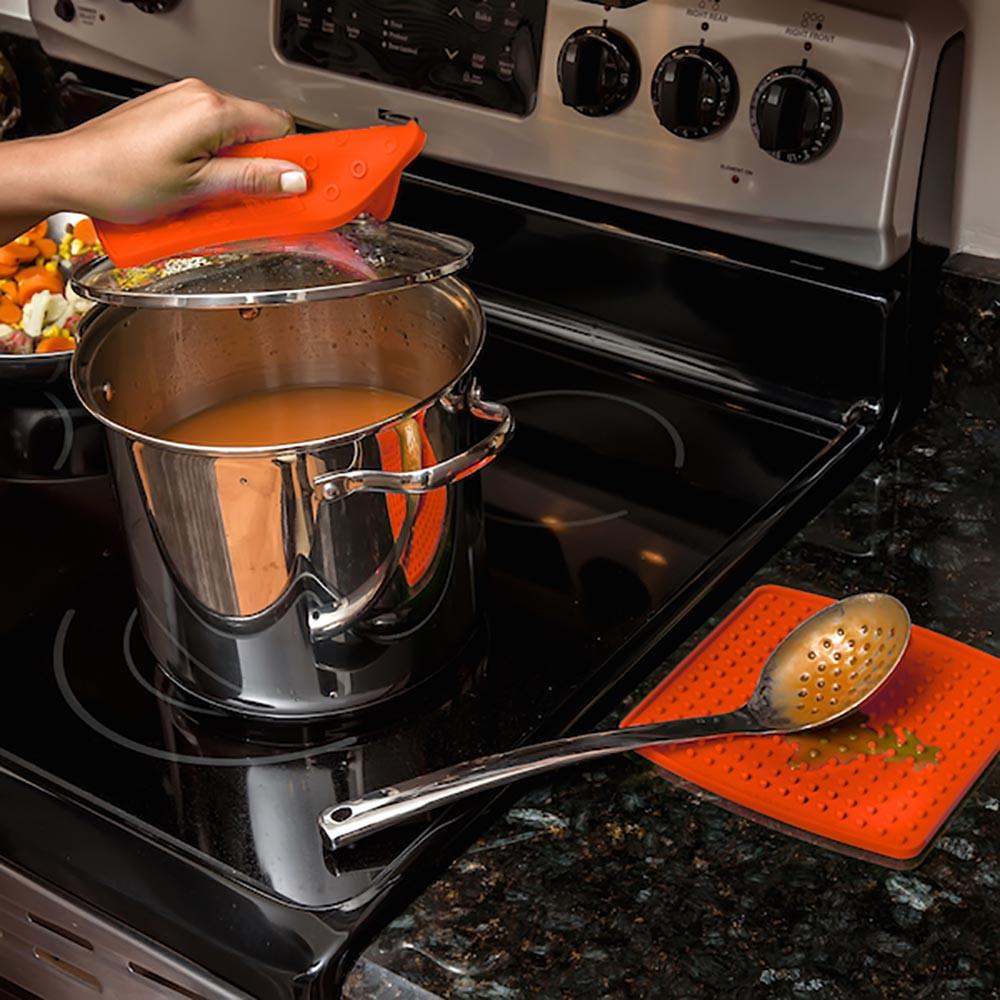
Microwave food to at least 165 degrees Fahrenheit or higher. Also, stir food in the middle of heating to help eliminate cold spots. Don’t forget to check your food with a food thermometer to make sure that it has reached a safe temperature.
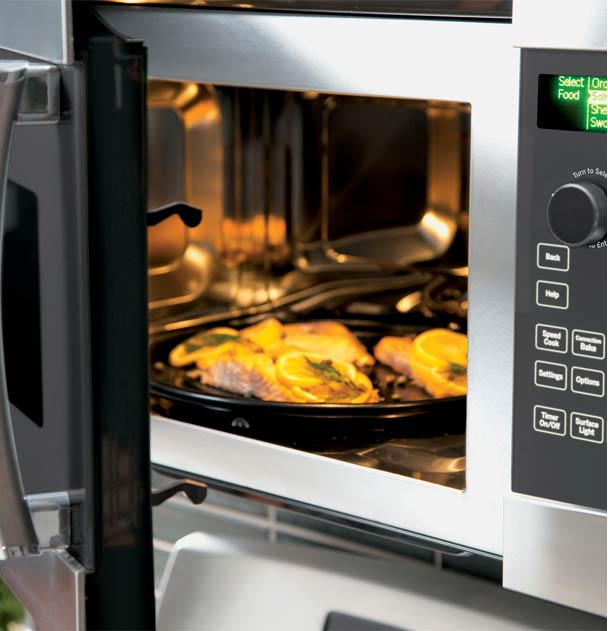
Wash your hands for at least 20 seconds with soap and warm water before, during, and after handling food and after using the bathroom, changing diapers and handling pets. This will help prevent the spread of a foodborne illness.

Making sure food reaches the correct internal temperature is important to prevent a foodborne illness. Food color and texture alone are not good indicators of whether a food is cooked properly. Use a food thermometer to make sure that the food you are cooking is safe to eat.
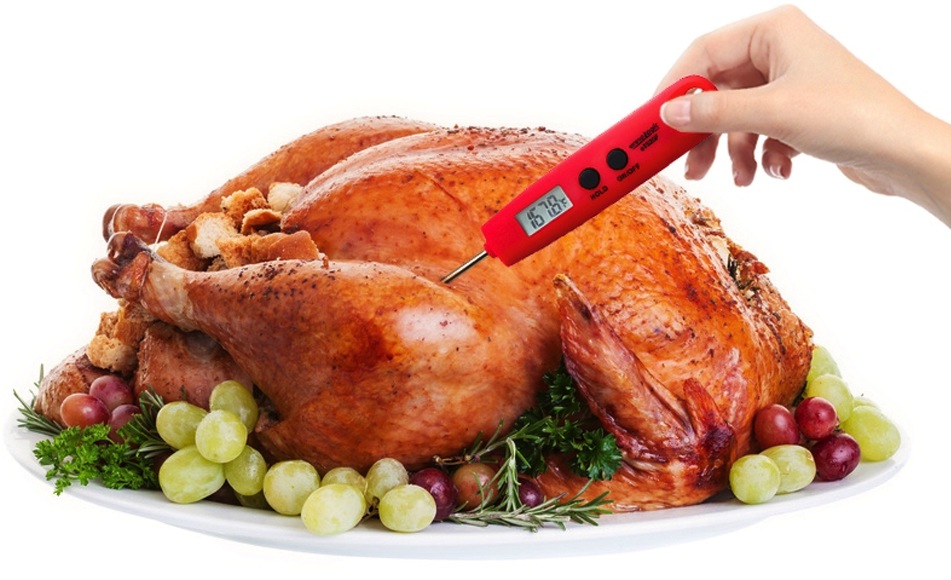
Consider organizing your pantry, refrigerator, or freezer using the “FIFO” or first-in, first-out method. Place older food products in front or on top of new ones. This rotation system will help you consume food before it expires, allowing you to save money and reduce food waste.
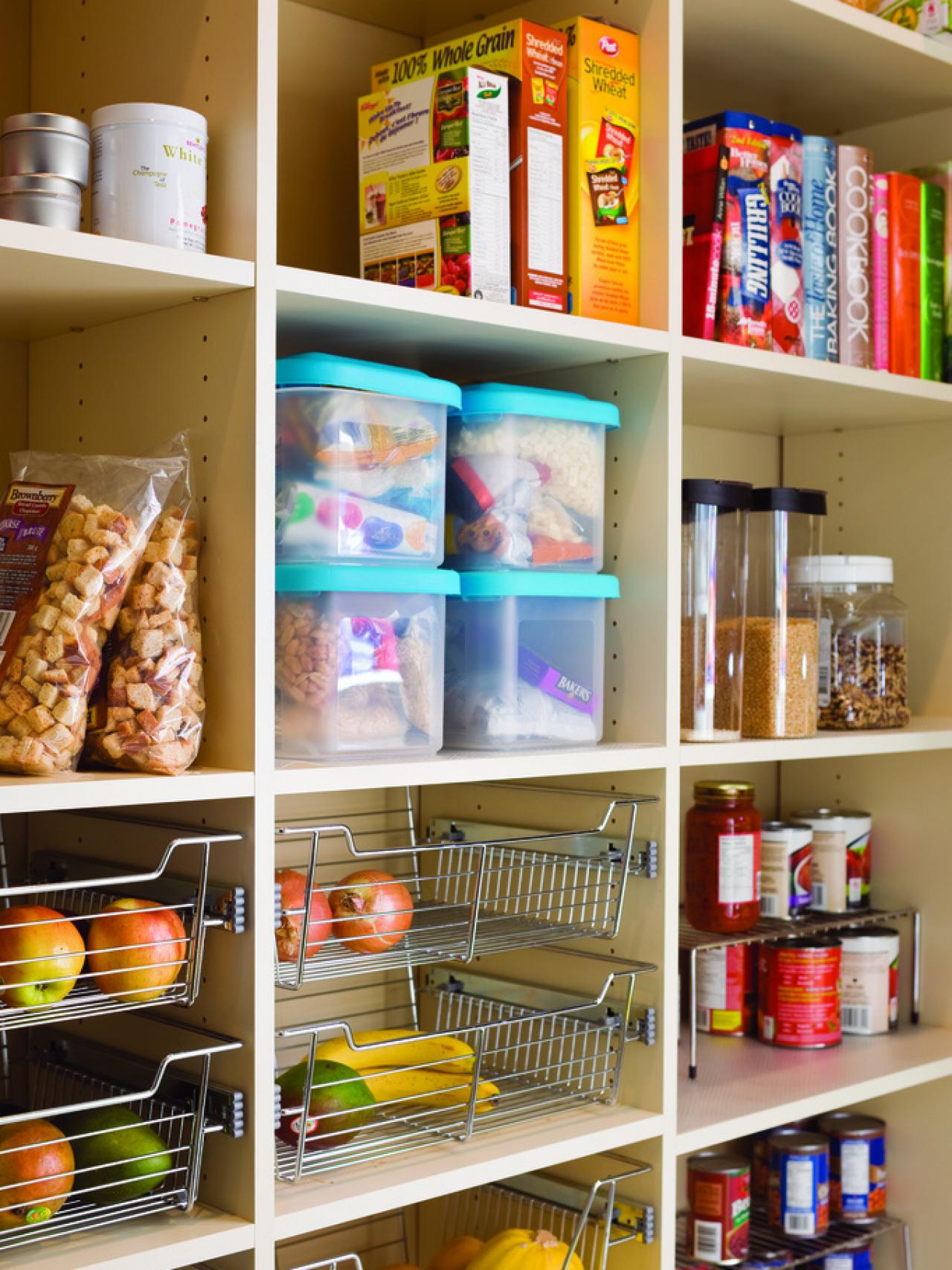
Keeping a book or list of recipes can help you plan quick, delicious, budget-friendly healthy recipes for you and your family. Online resources can help with healthy meal planning, cooking and grocery shopping.
Poe Recipe Cards:
- Cowboy Caviar
- Homemade Corn Tortilla Chips
- Lime & Mint-Infused Water
- Cornbread
- Sweet Potato Chili
- Butternut Squash Mac & Cheese
- Brussels Sprouts Salad
Recipes from Meredith College’s Dietetic Interns
Recipes by Mary Hollis, Rachel Jones, C. Bagley Knox, Kerry Leonard, Nina Pence Garcia

If your child brings a school lunch from home follow these tips to keep food safe:
1. Keep perishable meals in the refrigerator until right before your child leaves for school.
2. Keep lunch bags away from sunlight and other sources of heat.
3. Throw away perishable leftovers and don’t reuse plastic bags.
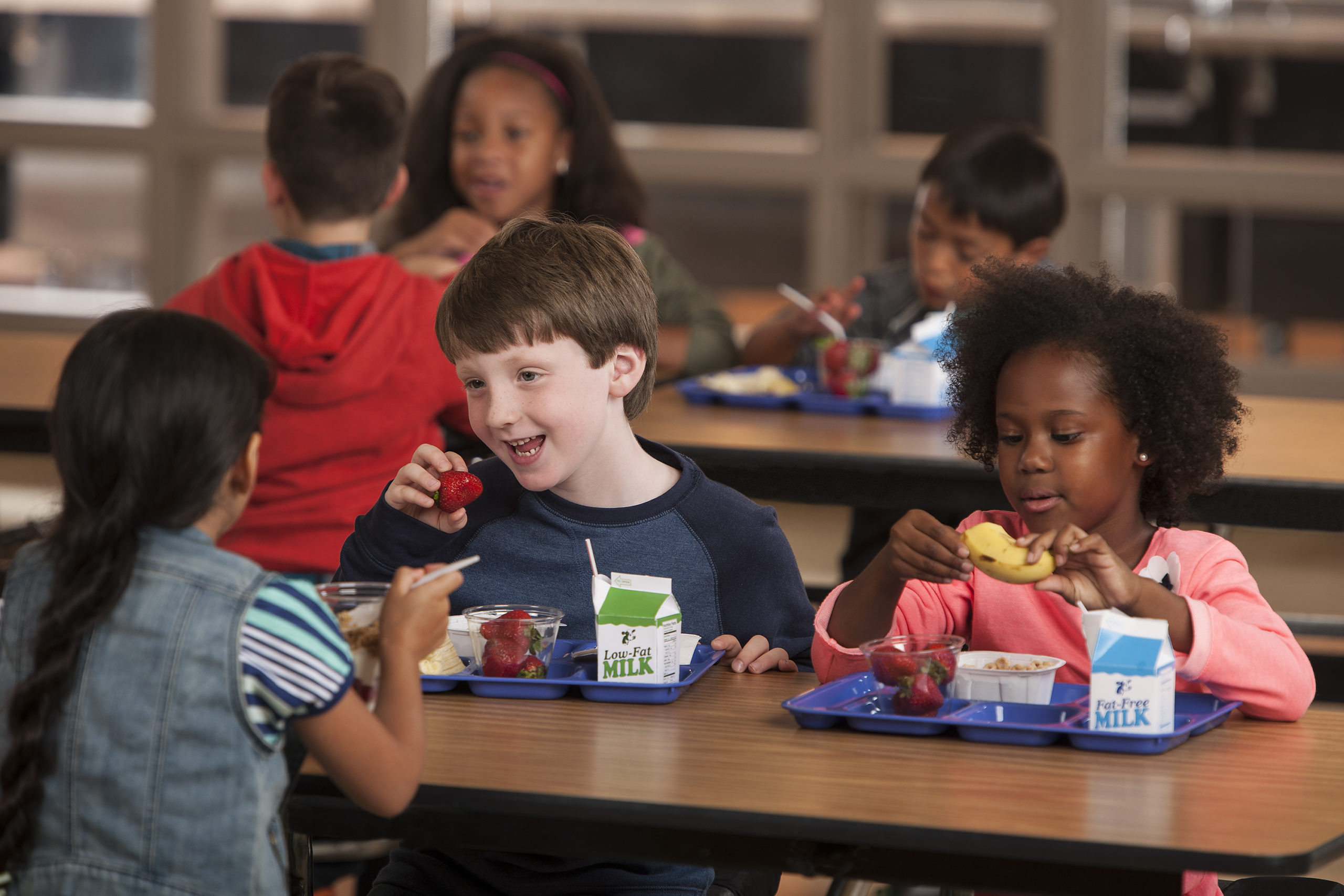
When you shop local, there is less time between the farm and your table, making it less likely for any loss in nutrients. Crops are picked at their peak, which allows produce from local farms to look and taste better. Products from local farms, like cheeses, are hand-crafted for best flavor. Many local chefs use local foods and produce in their dishes. Shopping local also reduces “food miles”, which is better for the environment and helps to support local farmers and their families.
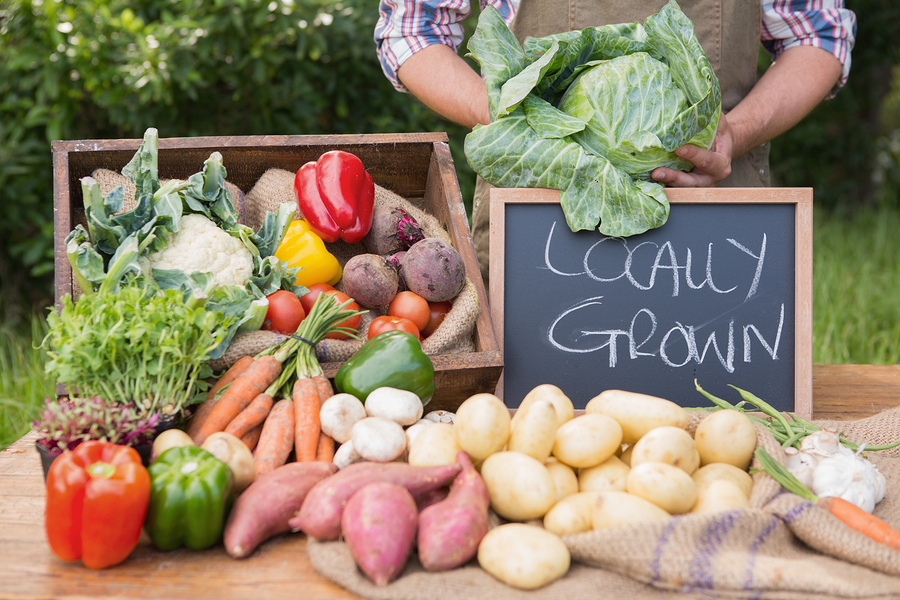
Composting is a natural biological process that breakdowns organic material under aerobic conditions into stable compost. It promotes healthy plant growth and restores soil vitality. Check out the Poe & Grow Garden page for more information.
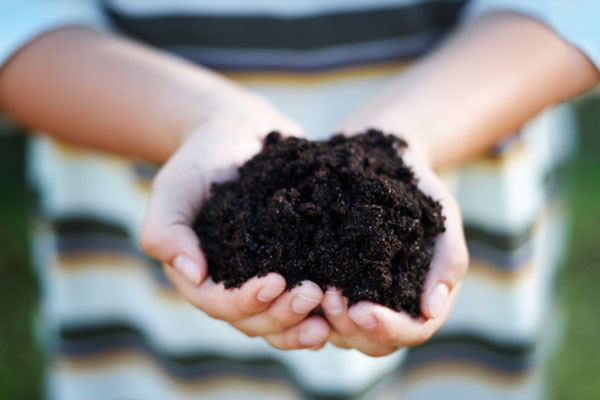
Recycling milk jugs, water bottles, egg cartons, and other common household items helps reduce waste and prevent pollution.
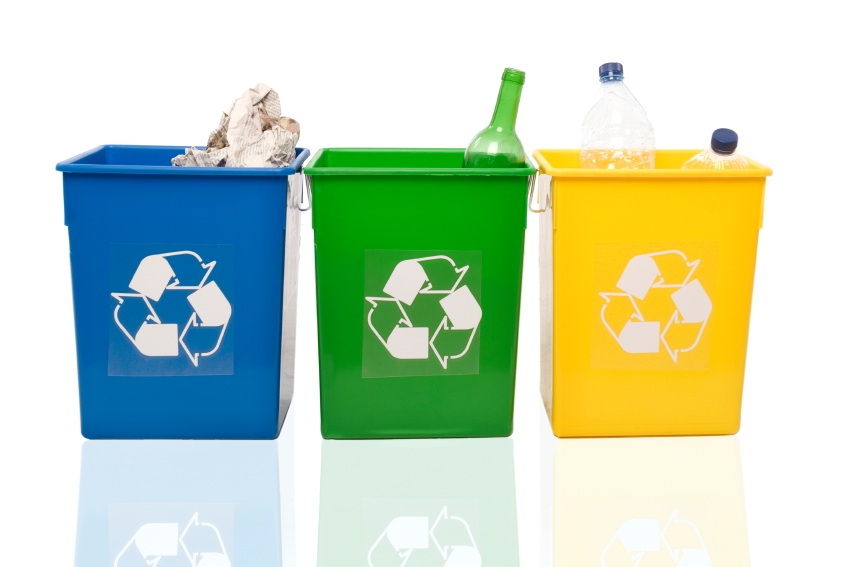
We love leftovers! Be sure to refrigerate leftover food within 2 hours of preparing. Allow food to cool completely before refrigerating. After eating out, make sure to refrigerate or freeze any leftover food within two hours or within one hour if the temperature is above 90 degrees Fahrenheit. Store in the refrigerator in a sealed container for 3-5 days. Reheat leftovers to 165F.
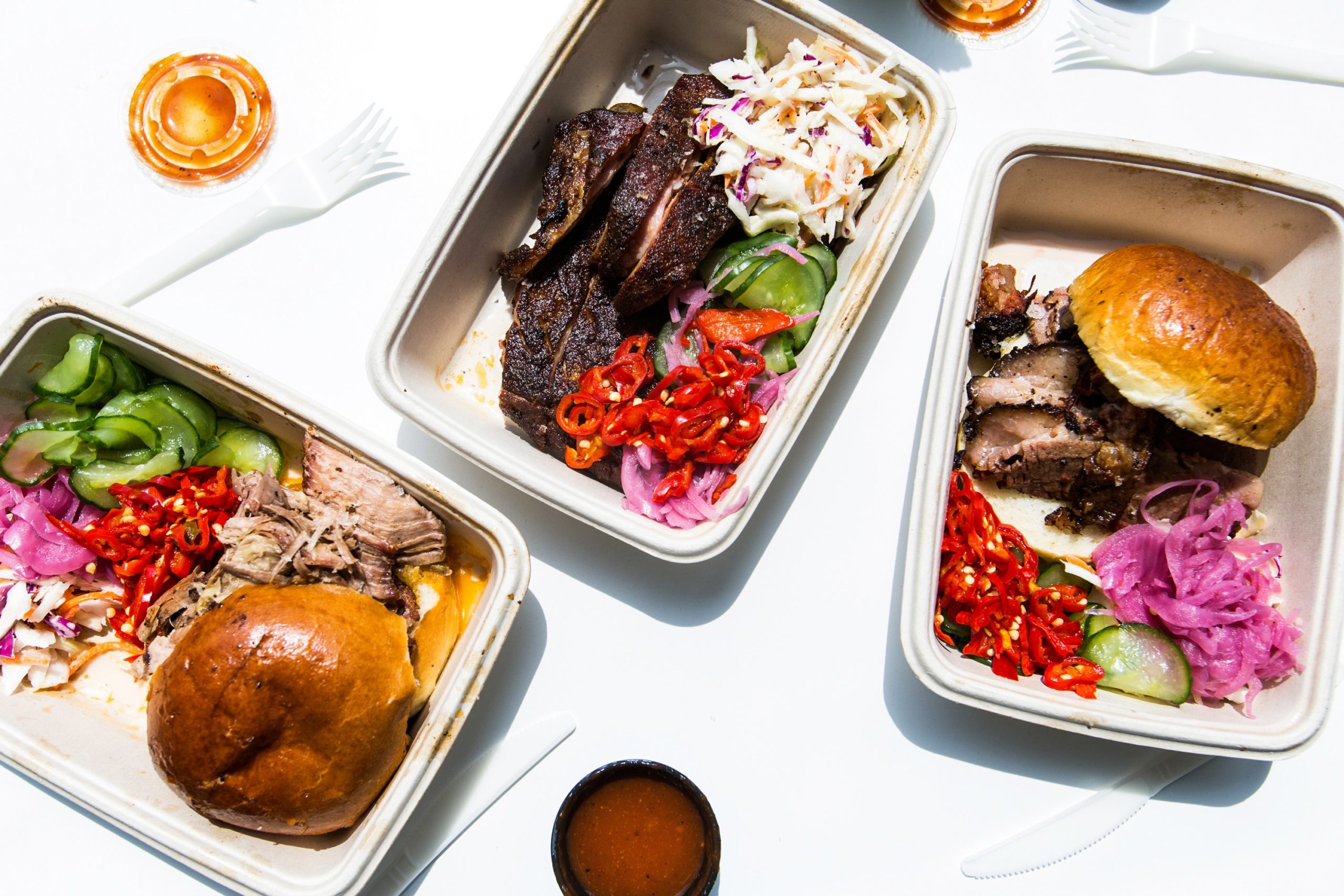
Cleaning up spills as you go not only helps save time when cleaning the kitchen, but will help prevent accidents. Water, food, and grease on the floor will almost guarantee a fall.
- If you use cloth towels or sponges to clean and wipe your kitchen, wash them often in the hot cycle of your washing machine. Use paper towels to wipe up raw meat, fish or poultry juices and discard.
- Rinse fresh fruits and vegetables under running tap water, including those with skins and rinds that are not eaten.
- Rub firm-skin fruits and vegetables under running tap water or scrub with a clean vegetable brush while rinsing with running tap water.
Read labels prior to use and properly store cleaning products and other chemicals safely away from children.
